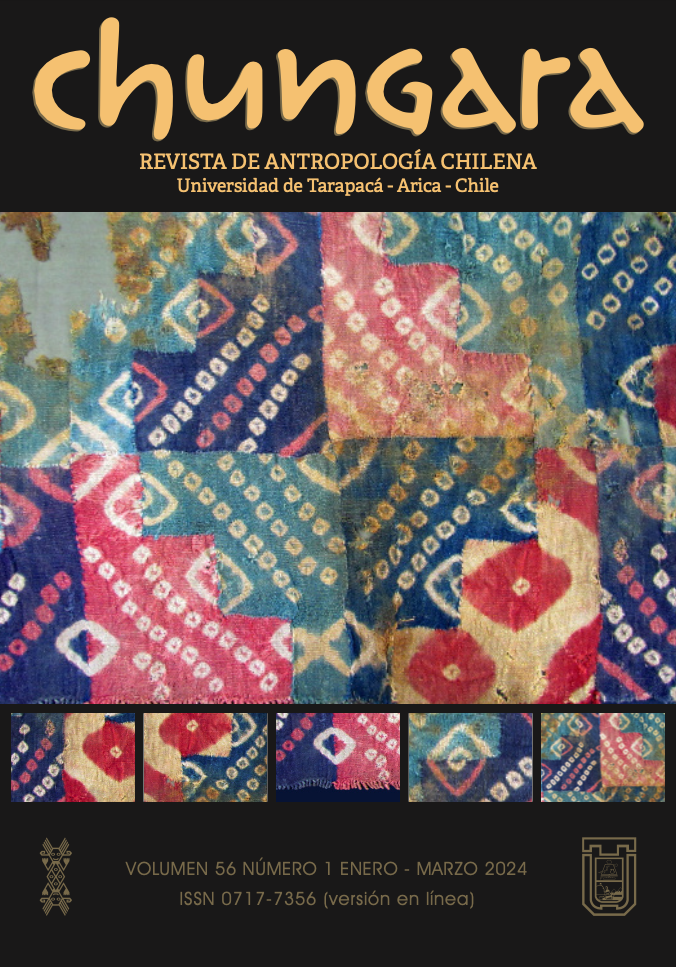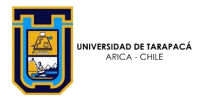Written by Super User. Posted in Papers - English
EVALUATING VEGETABLE PROCESSING AND THE ELABORATION OF FERMENTED BEVERAGES IN AN EL VERGEL CONTEXT IN MOCHA ISLAND (AD 1000-1300)
EVALUANDO EL PROCESAMIENTO VEGETAL Y LA ELABORACIÓN DE BEBIDAS FERMENTADAS EN UN CONTEXTO EL VERGEL DE ISLA MOCHA (1000-1300 d.C.)
Carolina Godoy-Aguirre
Carpological evidence of El Vergel Complex contexts in Isla Mocha has made it possible to infer the various uses that these groups made of their vegetable resources. Among these, the hypothesis that Zea mays was used for the elaboration of fermented drinks-which would have been part of the prestige and leadership practices related to the increase in social complexity– stands out. Although the production of these beverages is noted in the Reche-Mapuche ethnohistorical record, archaeological evidence that provides contextual information about these practices at El Vergel is unknown. This work analyzes the archaeological starch grains recovered from ceramic sherds by comparing their damage with the pattern described for the fermentation process in the specialized literature. Our results show the production of these beverages in Mocha Island at least between A.D. 1000 and 1300, with both cultivated and wild species used for this purpose: Aristotelia chilensis (maqui), Zea mays (maize) and possibly Fragaria chiloensis (wild strawberry). The ceramic morphofunctional categories indicate that the complete process of preparing and serving these beverages would have taken place within the same site, with the serving stage possibly being linked to decorated pottery, which was likely specified for this purpose.
Continuar leyendo - PDF
Print
Email
Written by Super User. Posted in Papers - English
COLLATERAL EFFECTS OF THE FORMATIVE TRANSITION: THE NEW CULINARY OF THE MARINE HUNTER-GATHERERS IN THE ATACAMA DESERT
EFECTOS COLATERALES DE LA TRANSICIÓN AL FORMATIVO: UNA NUEVA CULINARIA ENTRE LOS CAZADORES-RECOLECTORES MARINOS DEL DESIERTO DE ATACAMA
Itaci Correa, Carolina Carrasco, Benjamín Ballester and Francisco Gallardo
In the Antofagasta region, the Formative Period is defined by important socio-economic transformations related to the gradual abandonment of the hunter-gatherer way of life. Even though marine hunting and gathering continued to play a fundamental role for the arid coast inhabitants, they still experienced significant cultural changes, such as the incorporation of a foreign cooking technology. The analysis of a sample of vessels offered in coastal tumuli cemeteries (2.500-1.200 cal BP) allows us to postulate that the adoption of ceramic in the coast was related to a new culinary of cultivate vegetables, which were integrated as a supplement to the traditional marine meat diet. The incorporation of these new recipes can be seen as a collateral effect of the “formative” process lived by the inhabitants of valleys and oases from the interior desert, within a shared sociocultural construction process between people living in the coast and in the interior.
Continuar leyendo - PDF
Print
Email







